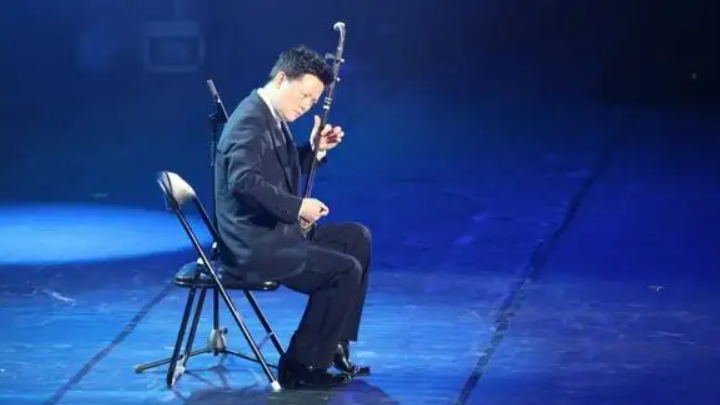Erhu bow method
Split bow usually refers to the bowing method in which only one quarter note or one eighth note is played per bow at medium speed, and is played with the middle bow part. Generally speaking, if there is no continuous bow mark in the score, it means that the performance is performed with a separate bow. But the fast split bow is called the fast bow, and the movement of the bow is different from the medium speed split bow. Let's talk about the characteristics of the split bow in the performance of the action.
In the movement of the bow, the speed of the longbow is accelerated and the amplitude of the bow is reduced. It is still required to use the wrist as the first action point to pull the bow to the right, and to push the bow to the left with the forearm as the first action point. Since the bow is smaller, the wrist motion should also be reduced accordingly. Because the performance of one note and one bow brings frequent bow changes, the technique of bow changing plays an important role in the split bow. It can be said that the character of splitting the bow is mainly reflected in the aspect of changing the bow.

Conversely, the hardness of changing bows also determines the hardness of split bows. And this kind of softness, like the longbow, is also achieved by the stiffness and flexibility of the wrist movements. If it is a more consistent bow change, the wrist movement should be appropriately gentle, so that the strength of the arm reaches the fingers through the buffering effect of the wrist. If it is a strong bow change, it is required that each bow has a sound head, then the movement of the wrist should be appropriately increased, so that the strength of the arm is accumulated at the wrist, and the sudden swing of the wrist will drive the bow to explode. Accelerate aggressively for a robust attack.
There is also a sub-bow with a tone-holding state. This sub-bow is between soft and strong, without the attack, and requires every note to be very clear. At this time, the fingers should always maintain the force on the bow, and the movements of the wrist should be minimized, and the left and right movements of the bow should be directly driven by the movement of the arm, so as to play the due effect of this kind of bow.
Erhu learners are prone to the following four problems in bow division:
1. The sound of pulling and pushing the bow is unbalanced;
2. The action of pulling and pushing the bow moves up and down;
3. Excessive movement of the wrist or elbow when playing the split bow;
4. The two hands do not cooperate well.
The time value of the sub-bow is different, then, how to maintain the unity of sound quality for the sub-bow of different time values? We know that the combination of separate bows can be ever-changing, and the timing of pulling and pushing bows is often different. Such as: syncopation, combination of long and short bows, etc. The time value of the sound is different, and the length of the bow used must be different, but the pronunciation is required to be the same, which needs to be done by adjusting the string sticking degree.
Generally speaking, the duration of the note is long, the bow must be longer, and the bow speed is often slow. To maintain a certain volume, the string sticking degree should be slightly larger; and the note with a shorter duration is sometimes used to draw the bow. (Push) to a predetermined position, a long bow must be completed in a very short time, and the bow speed is very fast. In order to make the pronunciation consistent with other notes, the string sticking degree should be appropriately reduced. It has already been said that the increase or decrease of the longbow's string attachment depends on the subtle rotation of the forearm, and this is exactly the same in the performance of the split bow.
 渝公网安备 50010702504639号
渝公网安备 50010702504639号